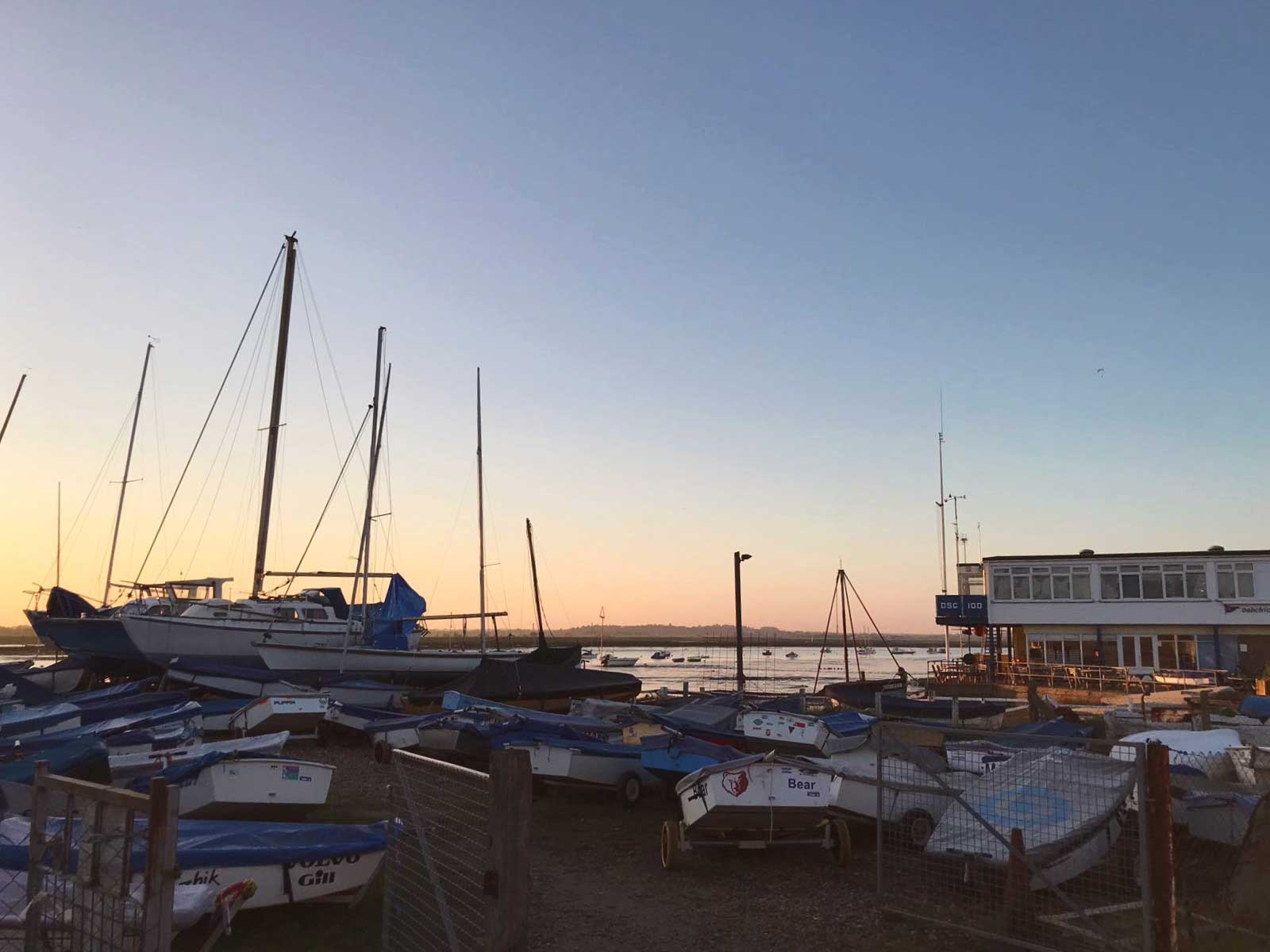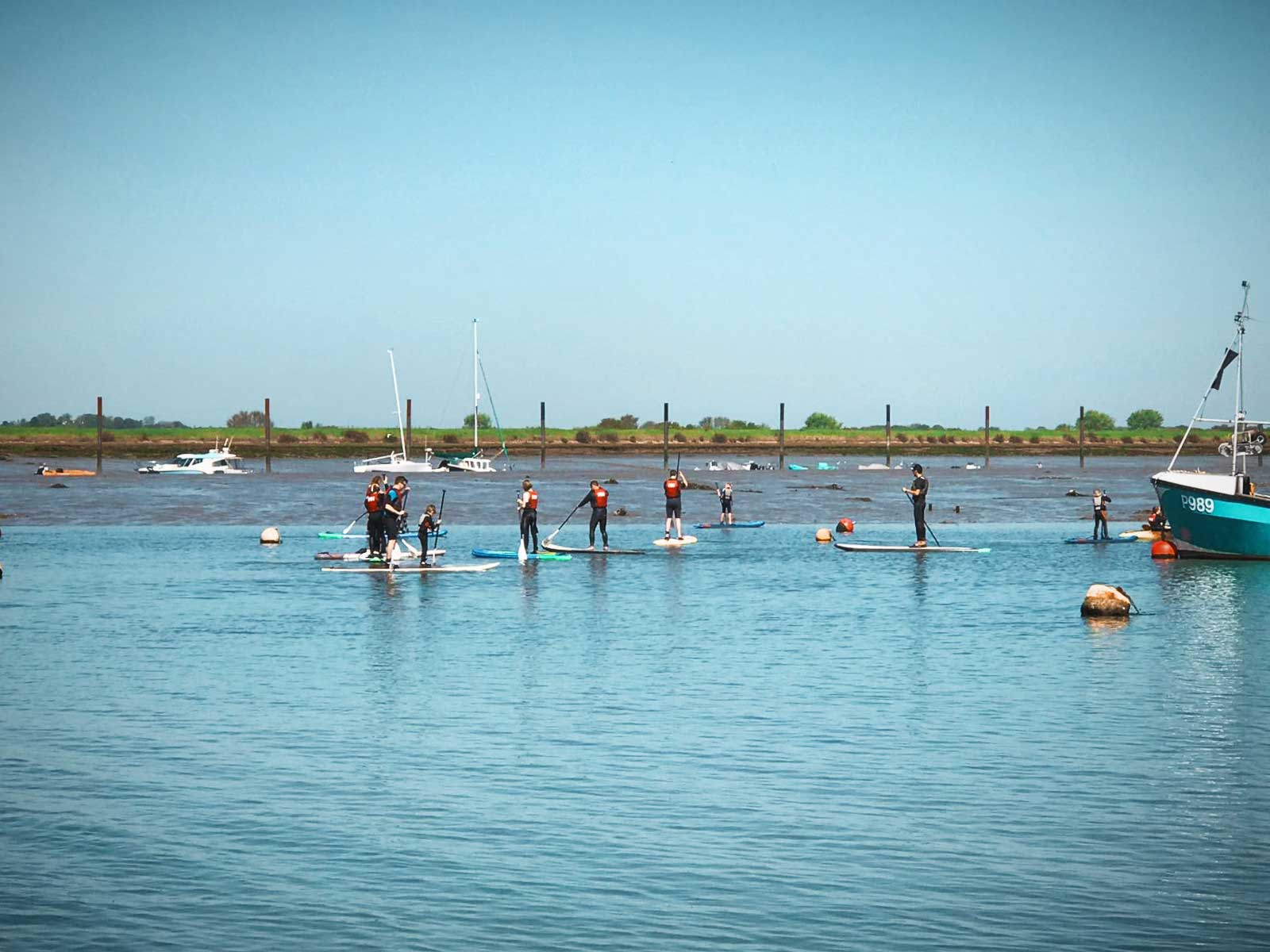ON YOUR DOORSTEP
Everyone has a different take on what makes a great holiday. On arrival, you may prefer to pause just long enough to throw your cases through the front door, before dashing out to explore and plunge into different activities. On the other hand, perhaps you’re initially inclined to simply saunter to the nearest eatery, settle down, review the menu and relish the view.

Whether you’re get up and go types or would rather relax than rush, you’ll find Mersea has something to suit everyone’s taste and pace. Take a short stroll from the cottage and you’ll discover a delightful esplanade and beach, two rather nice pubs, a cafe, a yacht club and an oyster bar. You’ll hear bells ringing out from the sailing boats, see kids enthusiastically crabbing from the jetty and you’ll relish that fresh saltiness in the air that leaves you in no doubt you’re by the sea.
Although just a small estuary island, Mersea has proved itself a magnet for couples and families, indeed for anybody who loves fresh sea delicacies, wants to get away from it all and loves the slightly slower pace of Island life. Approached by a causeway from the mainland, cut off at high spring tide, and at just about eight square miles, Mersea offers a unique getaway. We fell head over heels in love with the place from the moment we first visited – we hope you will too.
MORE ON MERSEA
Whilst not known for its golden sands, Monkey Beach, a short stroll from the cottage is lovely and best of all, networked by tiny creeks and boardwalks which offer excellent oyster shell gathering opportunities. The Eastern side of the Island is mainly farmland although it’s well worth taking a trip to Cudmore Grove Country Park, at the extreme eastern tip. This is an area perfect for picnicking, grassland and forests sloping down to the beach, where you can watch the passing white sails of boats across the sun sparkled Colne estuary.
Should you have any budding palaeontologists in your party, they’ll be thrilled to know cliff erosion has over the years yielded a treasure trove, including hippopotamus bones, elephant tusks and shark's teeth dating back 300,000 years, although today the wildlife you’re most likely to come across are golden plovers, geese and widgeon.
